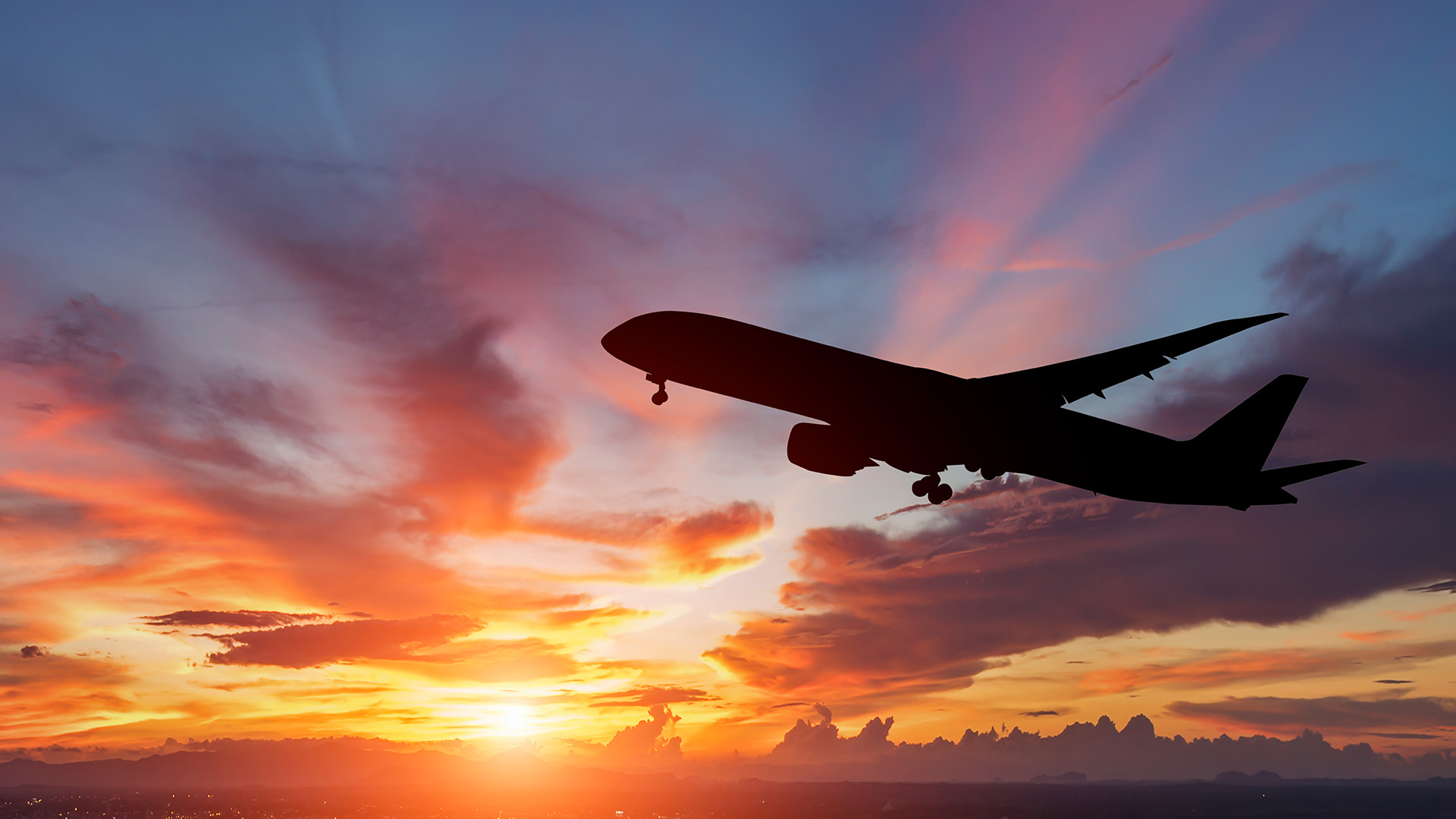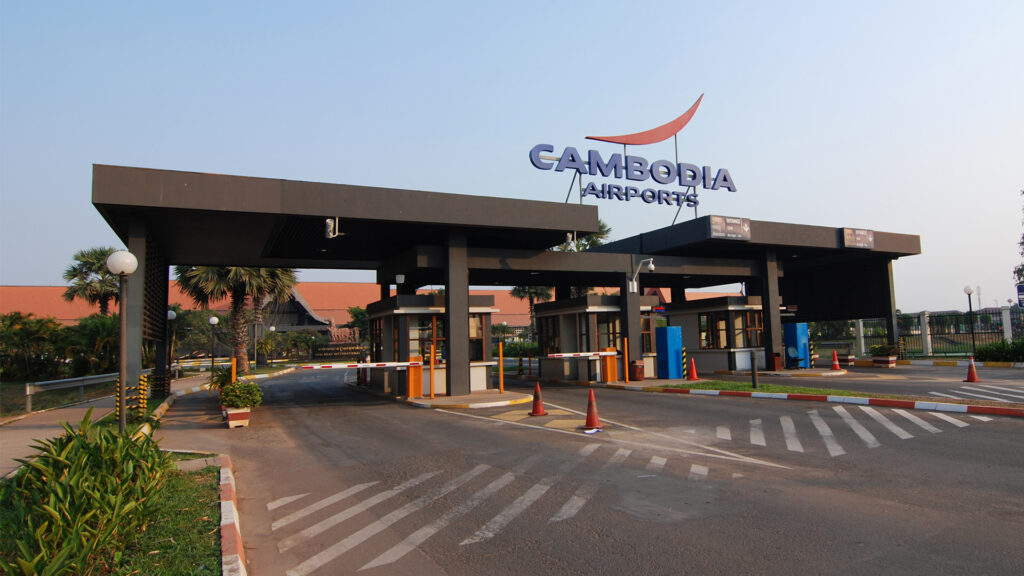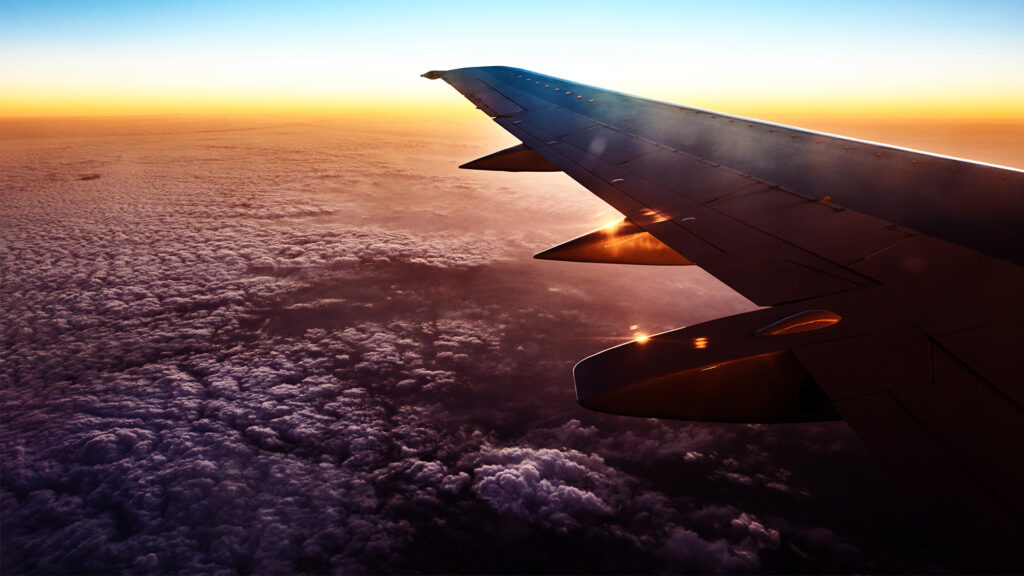

Up, up and away – MC99 limits set to increase again
The International Civil Aviation Organization (“ICAO”) has announced that airlines’ limits of liability under the Montreal Convention 1999 (“MC99“) will go up by 17.9% from the end of 2024. The increase is by operation of the five-yearly review mechanism built into MC99 which ensures that its liability limits (denominated in Special Drawing Rights, or SDRs) remain in step with inflation and other global economic factors. 17.9% is the largest increase since MC99 came into force, reflecting the gathering pace of global economic inflation.
This is the fourth review in the 21 years since MC99 came into force in 2003. The last adjustment was in 2019 when the limits were increased by 13.9%. Prior to that, ICAO’s 2014 review did not recommend any change to the limits.
Recent developments
ICAO announced on 18 October 2024 that it had conducted the review and informed the 140 States Parties that limits would increase on 28 December 2024. It will be compulsory for all State Parties to MC99 to apply the new limits. State Parties to MC99 have been invited to make provisions as necessary in accordance with their domestic law requirements to give full effect to the revised limits once it comes into force.
While we note that some State Parties (for example, India, the UK and Singapore) may not make the necessary changes before 28 December 2024, we have not seen any instances where a Defendant was able to rely on the relevant state’s inaction in order to continue applying the old limits. Therefore, carriers should proceed on the basis that their exposures will be limited in accordance with the new limits once they come into force.
In real terms, the revised limits are as follows:
- Approximately USD 202,500 for death or bodily injury to passengers (an increase of about USD 32,500).
- Approximately USD 8,400 for delay in passenger transport (an increase of about USD 1,300).
- Approximately USD 2,000 for baggage claims (an increase of about USD 300).
- Approximately USD 35 per kilogram for cargo claims (an increase of about USD 6 per kilogram).
By way of reminder (and where MC99 applies) the amounts recoverable for death/bodily injury act as a threshold (not a “limit”) since any claim above the stated amount, the airline may defend by proving that it was not negligent.
Implications for air carriers
Air carriers should review their current General Conditions of Carriage (GCC) for passengers and cargo to ensure that the limits in their current contracts are adjusted to reflect the new Special Drawing Rights (SDR) amounts. The new limits are as follows:
| MC99 Article | Type of liability | Original limit (SDRs) | Current limit (since 28 December 2019) | USD equivalent of current limit | Revised limit as of 28 December 2024 | USD equivalent of revised limit |
| 21 | Death/bodily injury | 100,000 per passenger | 128,821 | 170,000 | 151,880 | 202,500 |
| 22(1) | Delay | 4,150 per passenger | 5,346 | 7,100 | 6,303 | 8,400 |
| 22(2) | Baggage | 1,000 per passenger | 1,288 | 1,700 | 1,519 | 2,000 |
| 22(3) | Cargo | 17 per kilo | 22 | 29 | 26 | 35 |
Once the limits come into force, they will override any conflicting provisions which may be contained in contractual documents (e.g. Air Waybills and the Conditions of Contract).
Carriers and ground handlers should also note that in relation to baggage, cargo, or mail, the limits set out in MC99 (and its subsequent amendments) will apply pursuant to Article 8 of the IATA Standard Ground Handling Agreement (Liability and Indemnity).
In order to minimise ambiguity and uncertainty, carriers should, as mentioned above, amend their Conditions of Carriage for passengers and cargo and speak to their lawyers about how the new limits will be applied if they have an active case in a specific jurisdiction. While the revision to limits should not have retroactive effect (i.e. the limit that was in force as at the date of carriage will apply to claims), Carriers may wish to consider settling any pending claims prior to year end in order to avoid potential arguments from Claimants that the increased limits should apply.
HFW can assist with providing indicative wording to be included in Air Waybills and Conditions of Carriage that incorporate the new limits. Please speak to your usual HFW contact or the authors of this article for more information.












